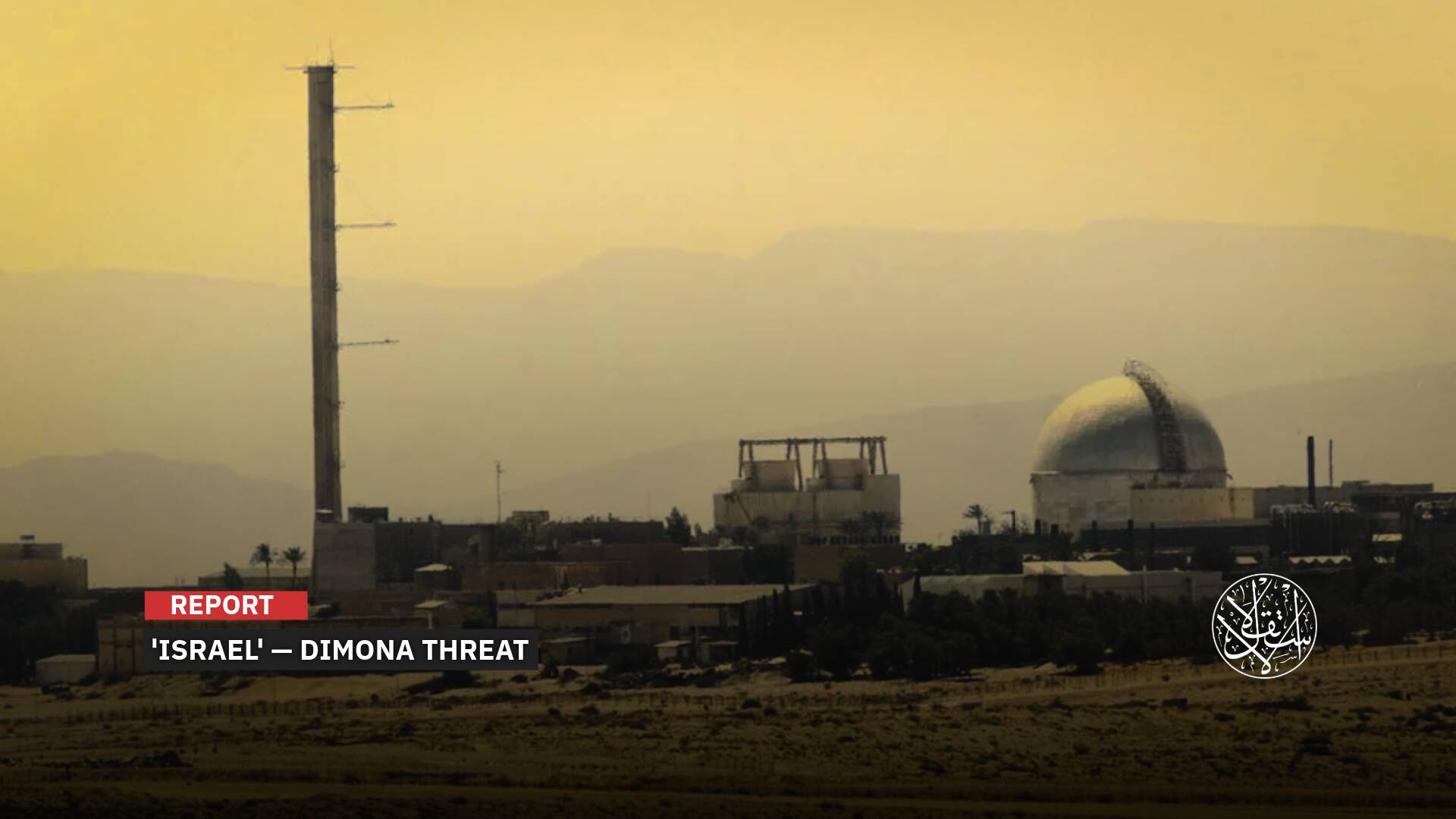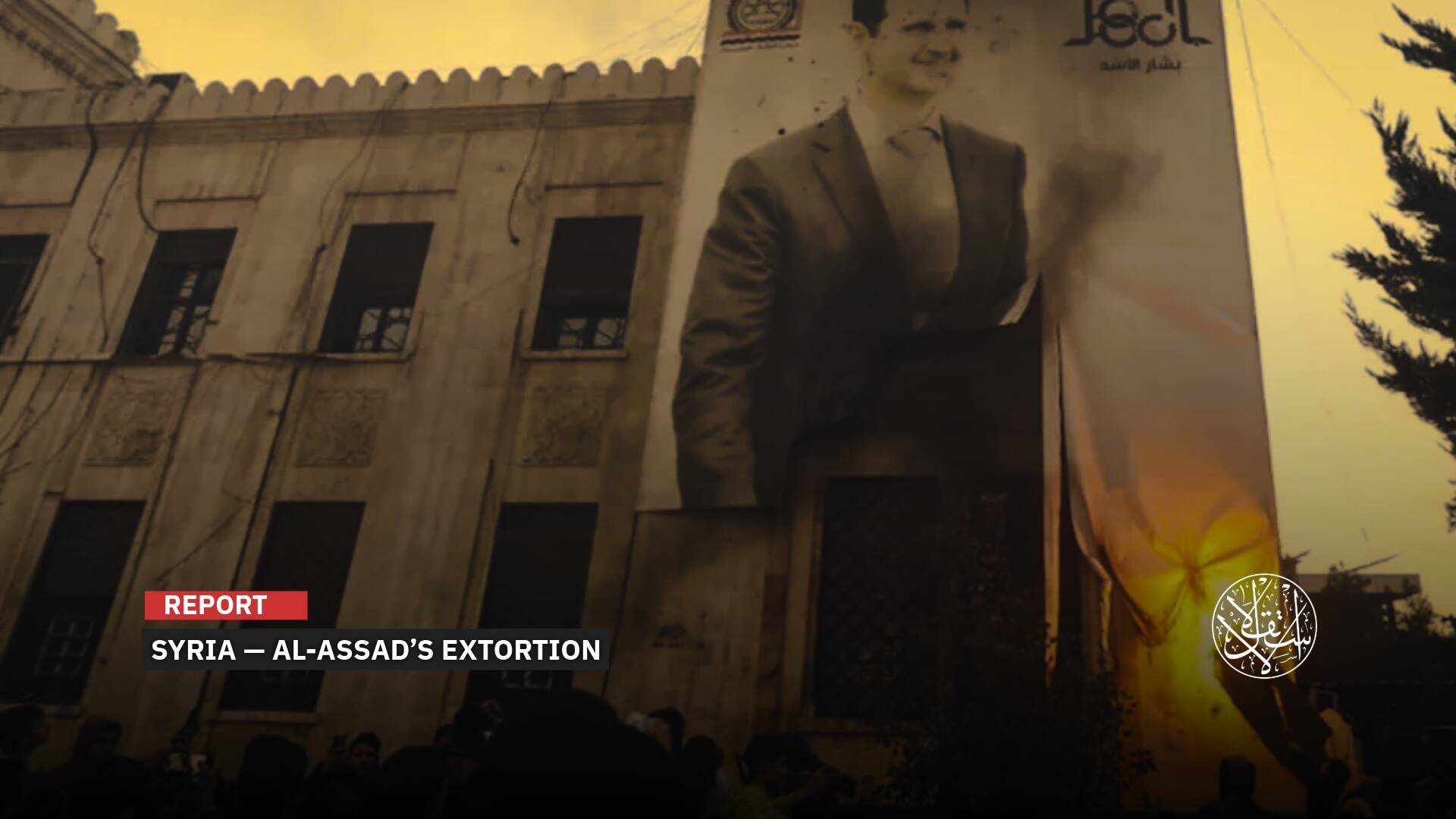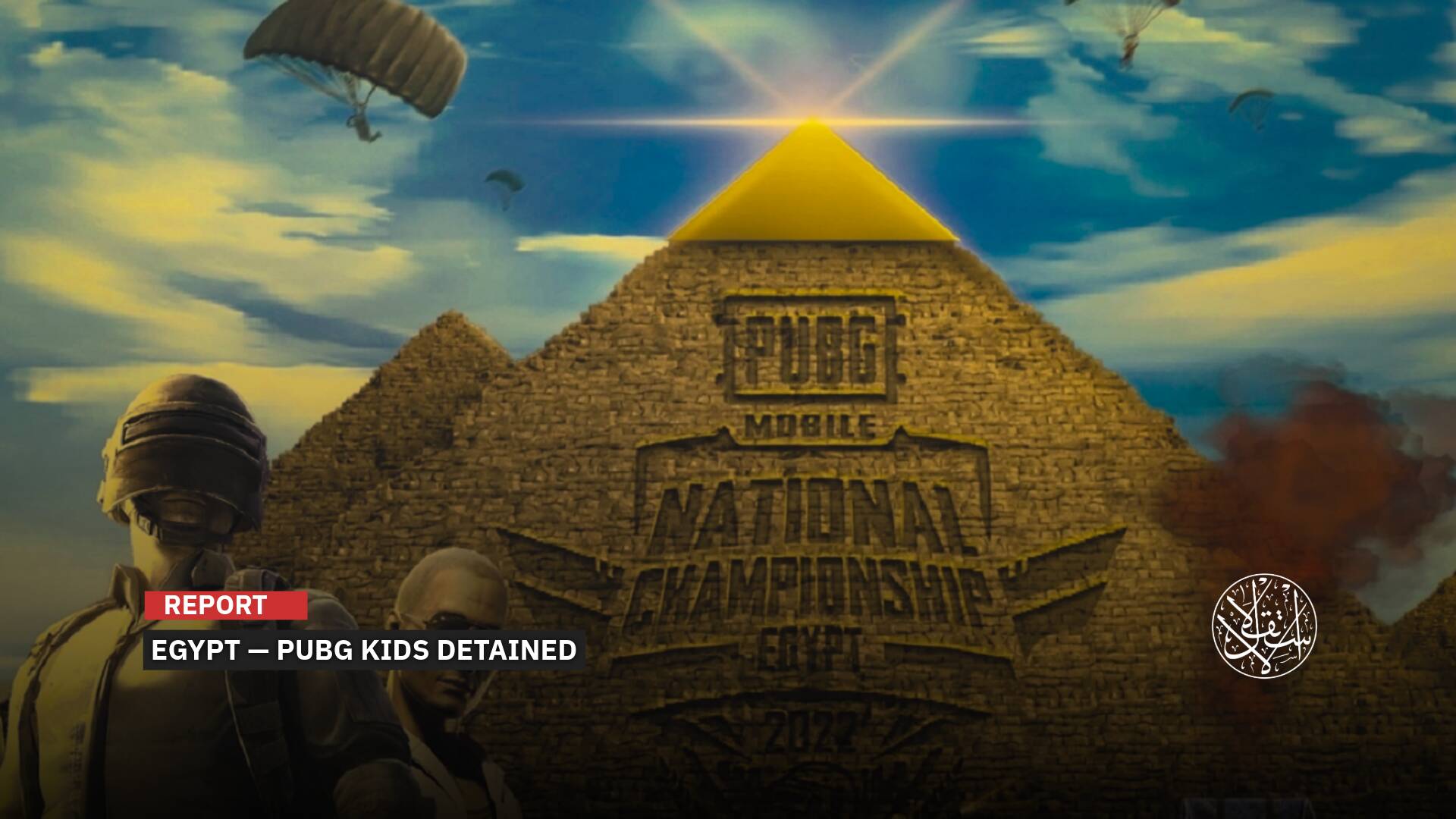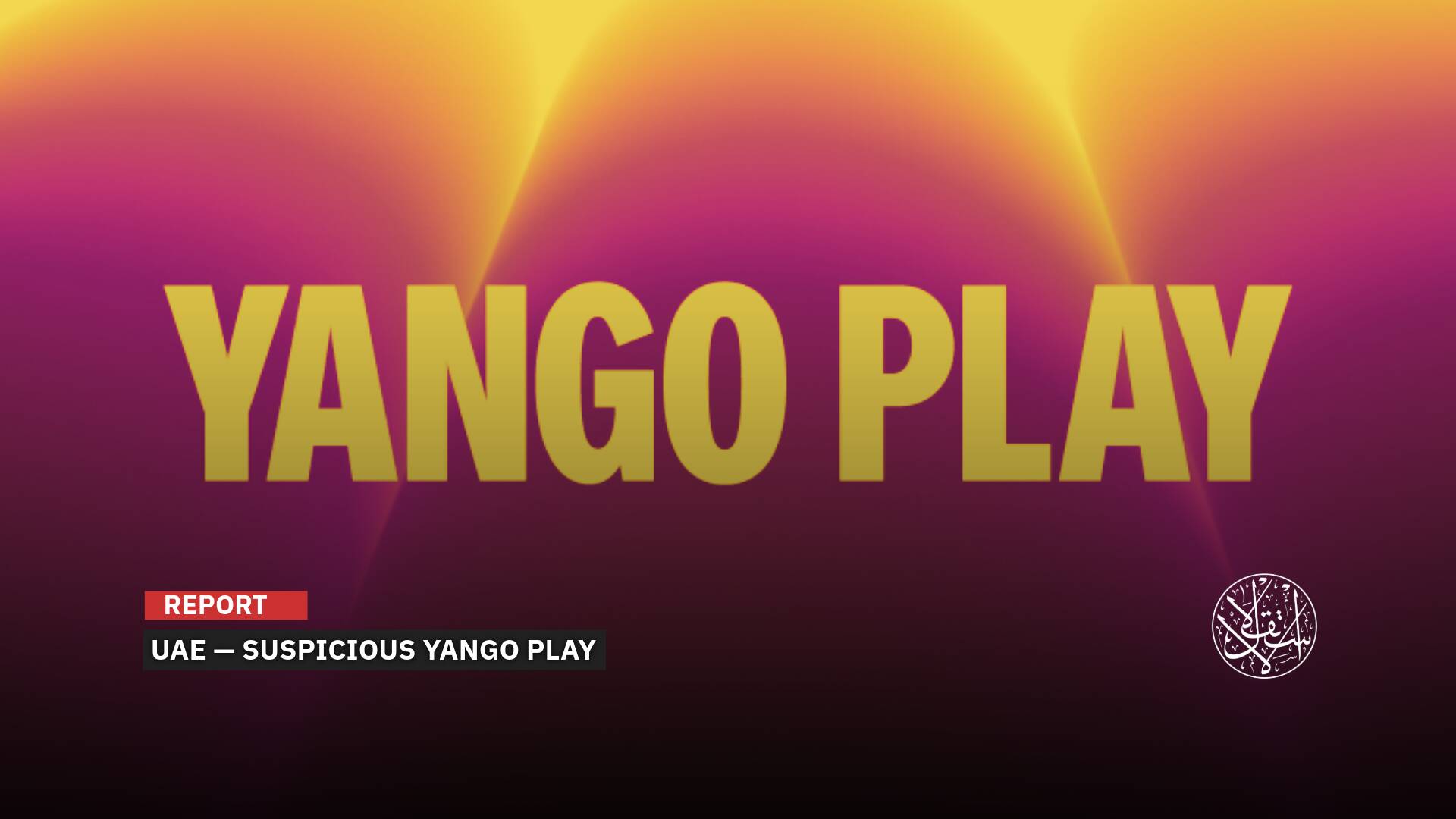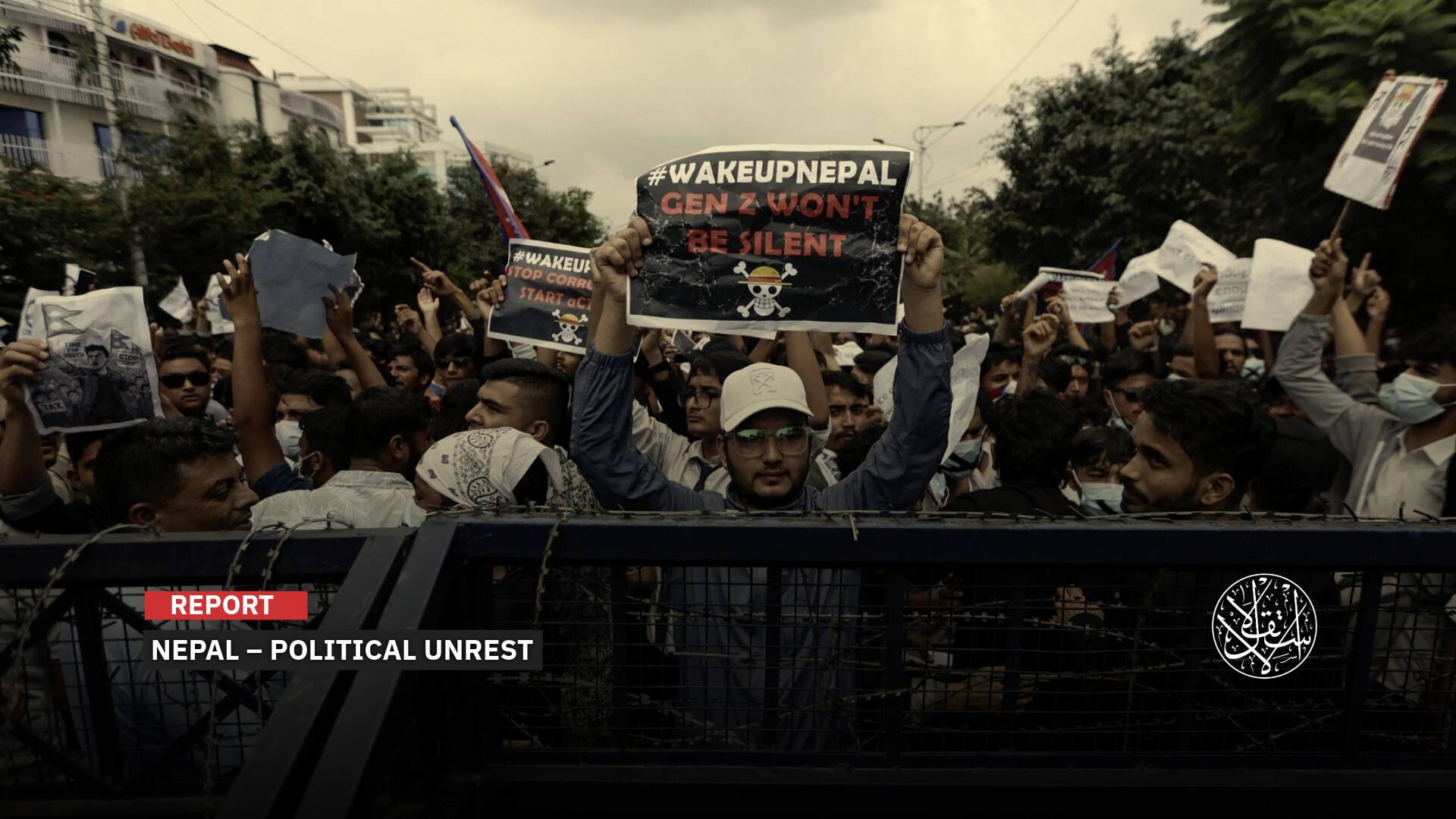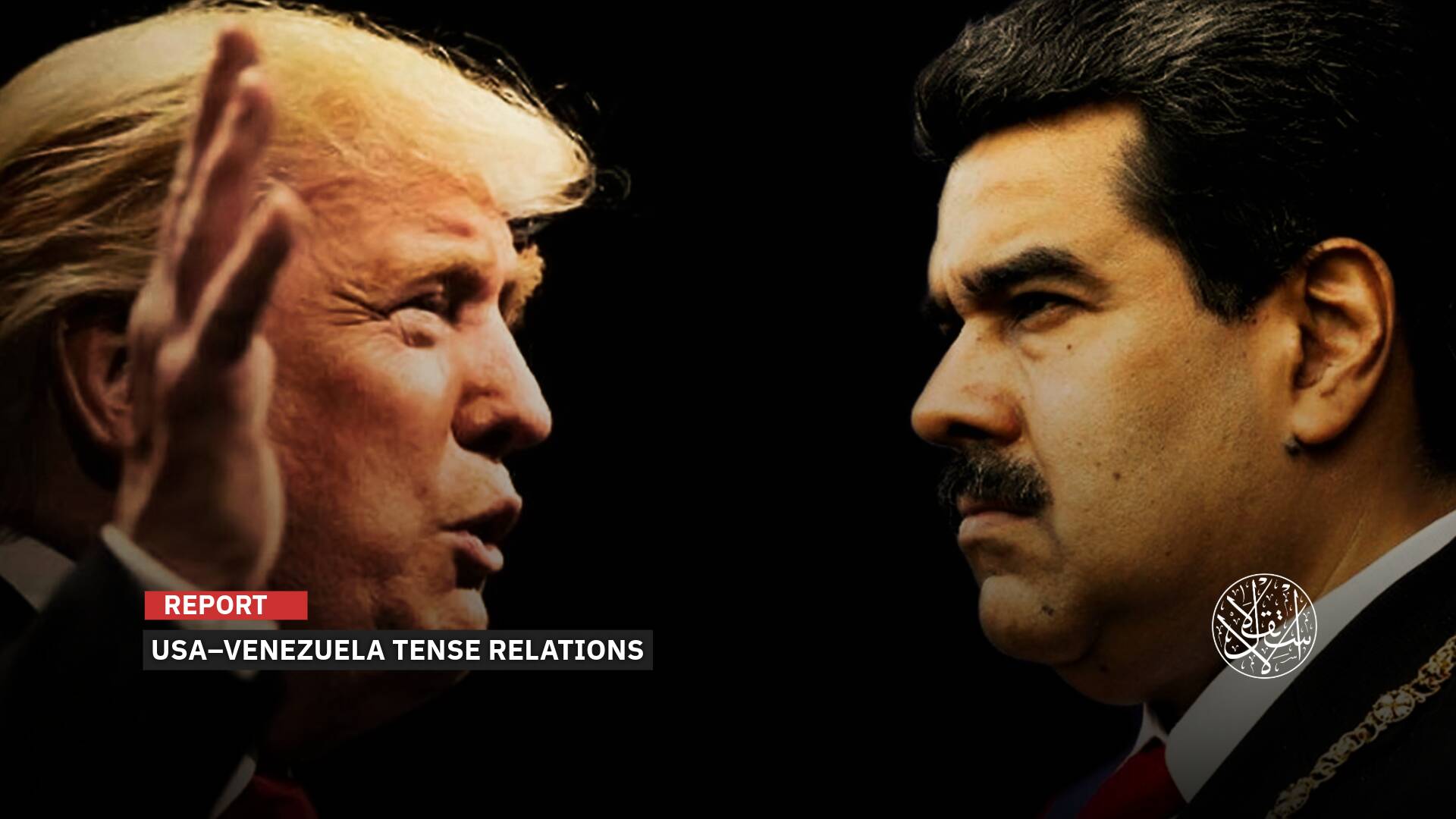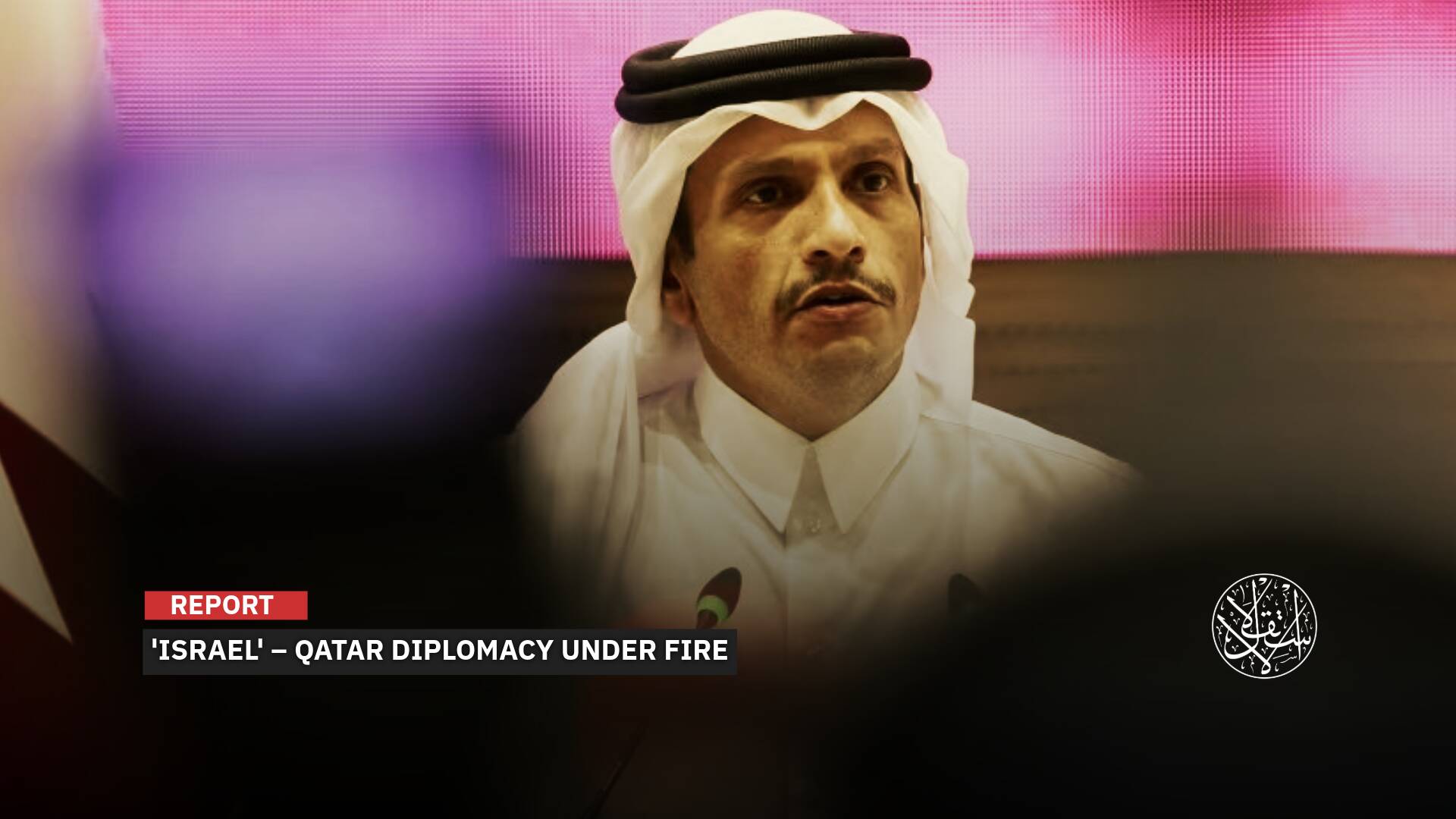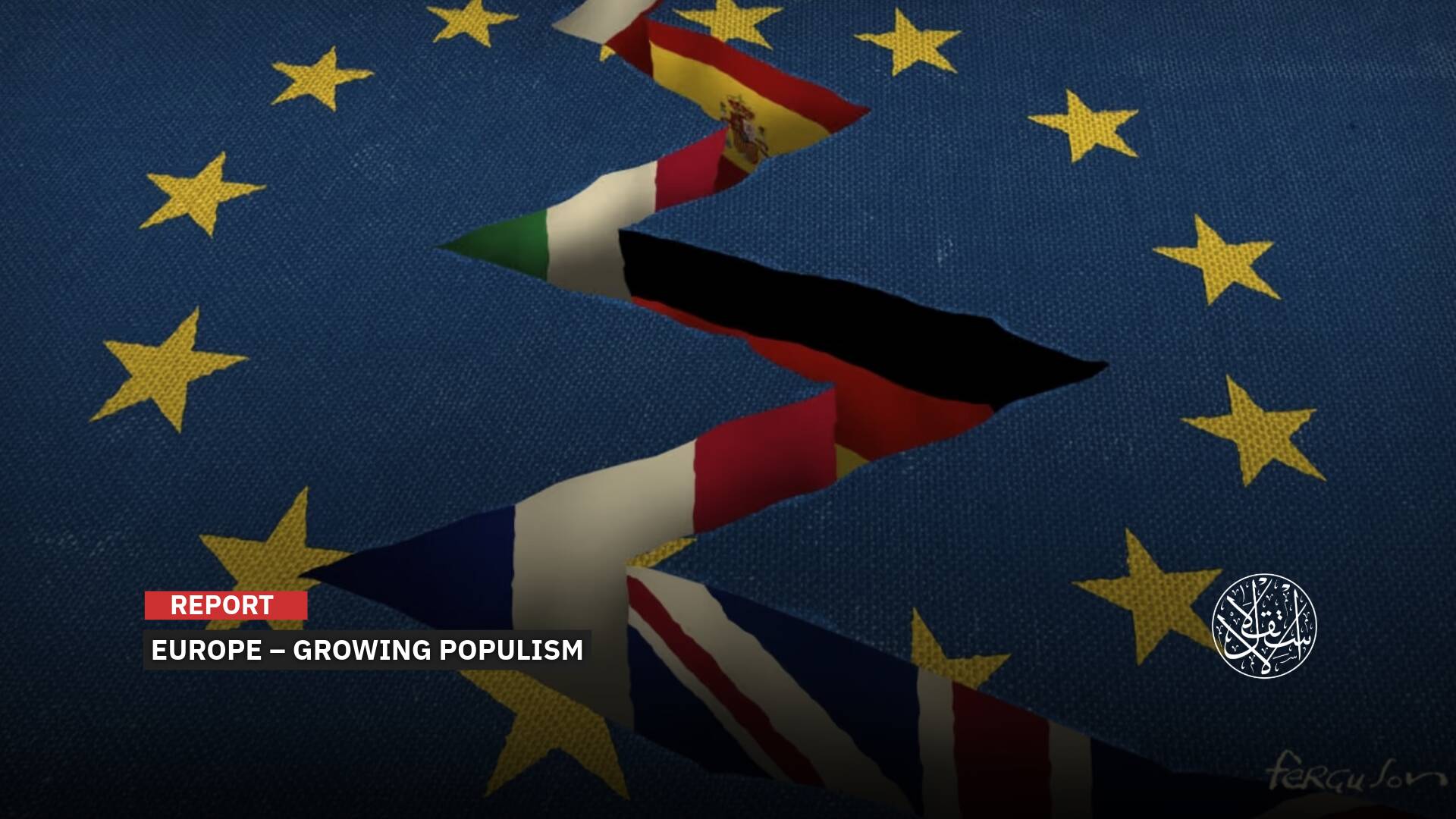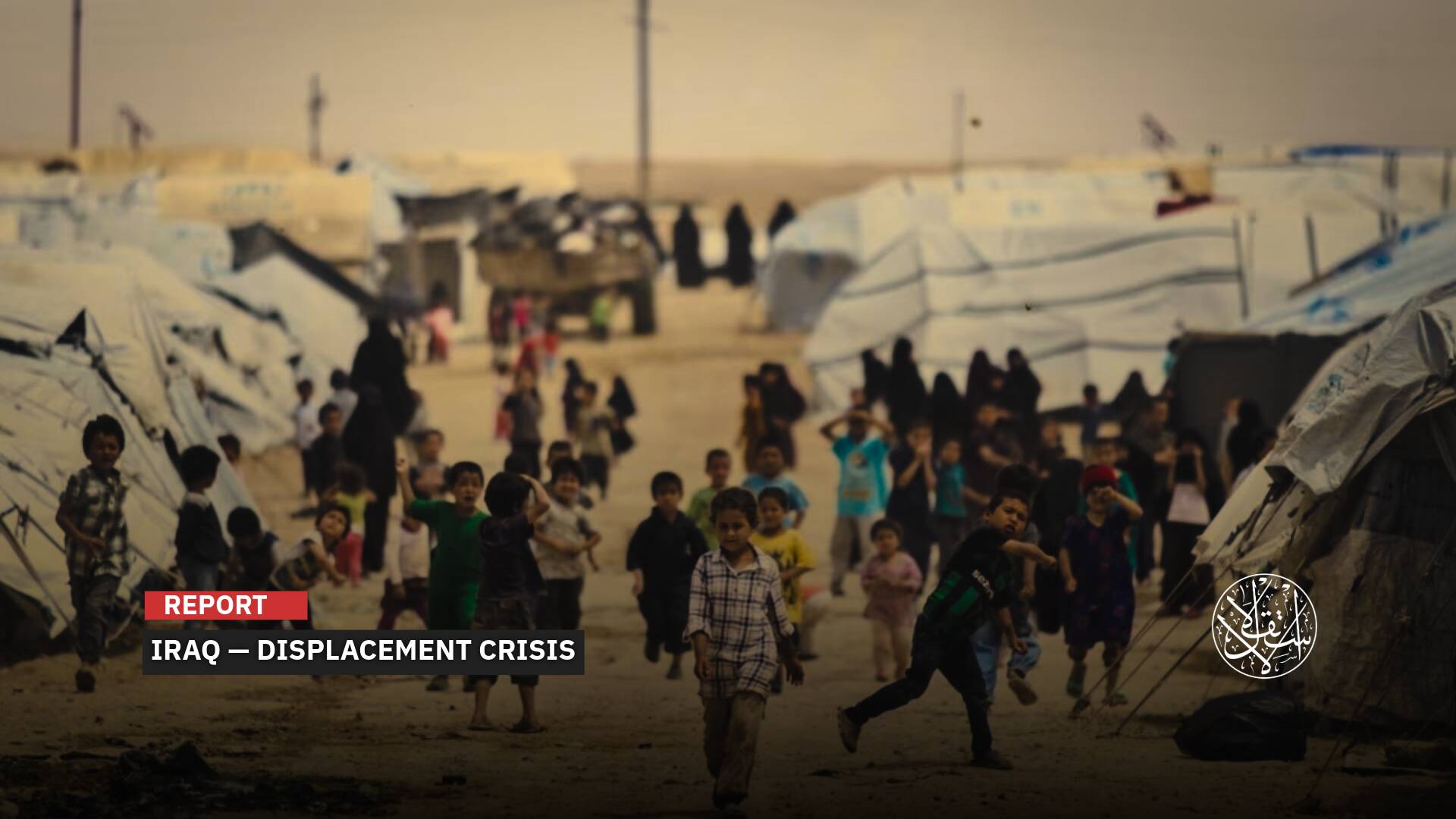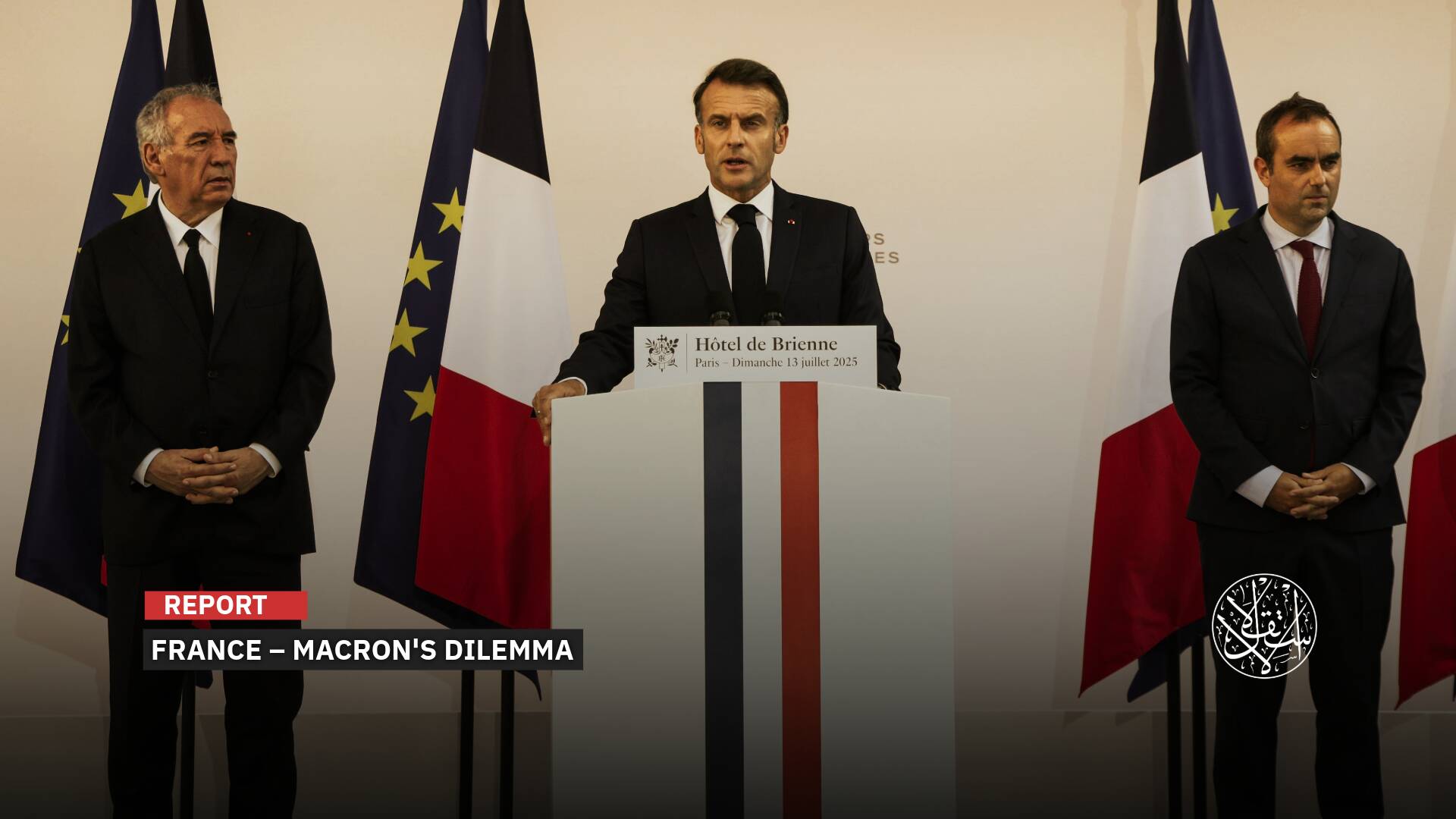India or Bharat? This Is How Narendra Modi’s Government Is Working to Restore the Hindu Past

India, under the leadership of its Prime Minister Narendra Modi, has taken an additional step toward consolidating Hindu nationalism in the country by declaring its intention to change the country’s name to “Bharat.”
This was evident with the government replacing the name of India with the word Bharat in the dinner invitations sent to the guests who will attend the G-20 summit, which is scheduled to take place in New Delhi during the next two days.
Indian President Droupadi Murmu was referred to as “President of Bharat” rather than “President of India” in the invitations, as opponents saw the change as a challenge to national identity.
Supporters of the name change said in the invitation that the British colonial rulers invented the name India to obscure the name of Bharat and create a British legacy, according to Reuters.
It is noteworthy that the Britons had ruled India for almost 200 years until it gained independence in 1947.
The nation with a population of more than 1.4 billion people is officially known by two names, India and Bharat, but the name India is the most used both domestically and internationally.
India and Bharat
An official invitation sent by India to the delegations participating in the G20 summit, scheduled for September 9-10, sparked widespread uproar over the country’s name.
The invitation letter described the country’s president, Droupadi Murmu, as “President of Bharat” rather than “President of India,” sparking speculation that the government is planning to change the country’s name.
In the same vein, a spokesman for the ruling Hindu nationalist Bharatiya Janata Party (BJP) published an invitation for Prime Minister Narendra Modi’s visit to Indonesia, referring to him as the “Prime Minister of Bharat.”
Recently, the Indian government called a special parliamentary session from September 18 to 22, but did not announce its agenda, fueling speculation that it will use the session to rename the country.
But some government officials, including Information Minister Anurag Thakur, dismissed the idea as rumors being spread by the opposition.
In turn, the Minister of State for Electronics and Information Technology, Rajeev Chandrasekhar, told Reuters, “The name of our country is Bharat, and there should be no doubt about that.”
Hindu groups linked to the BJP believed that the G20 summit provides the best opportunity to get rid of India’s colonial legacy, according to Reuters.
As for the Prime Minister of the state of Assam, Himanta Biswa Sarma, he expressed his support for the idea, writing on X platform: “Happy and proud that our civilization is boldly advancing towards Amrit Kaal.”
Amrit Kaal, which translates as the golden age, is a term used by the Prime Minister and other government officials to refer to the years leading up to 2047, when India turns 100 after independence from Britain. By then, they say, India will be among the most prosperous countries in the world.
They will never make such derogatory comments against other religions.
— Himanta Biswa Sarma (@himantabiswa) September 5, 2023
Cong has an agenda against Hindus and is hence directing its leaders and allies to make such disparaging statements. pic.twitter.com/656CGBTiNd
Political Motives
It was noteworthy that Modi put forward the idea of changing the name within just two months of the opposition parties forming an alliance -called INDIA- to confront the BJP in the 2024 elections and prevent it from winning a third term, which may also encourage right-wing Hindu extremists to reelect him and his Hindu Party again.
There is also speculation that the government, which has held a special session of Parliament later this month, could introduce a bill to amend the constitution to change the country’s name to Bharat.
Over the years, the Modi government, which belongs to the right-wing Hindu nationalist BJP, has made a change in the country’s official names, believing that this enhances national pride and ends the effects of colonialism.
Modi’s government has removed Islamic place names, which were imposed during the Mughal empire, which ruled India for about 300 years before British rule, a move that critics say symbolizes a desire to assert the supremacy of the Hindu religion, which is majority in India.
In 2015, New Delhi’s famous Aurangzeb Road, named after a Mughal king, was changed to Dr. A. P. J. Abdul Kalam Road (after the Indian aerospace scientist) following protests from Modi’s party leaders.
In 2022, the government also renamed a colonial-era street in the heart of New Delhi, used for ceremonial military parades.
Last month, the Indian government revealed its intention to amend laws dating back to the British colonial era.
It is noteworthy that, since taking office in 2014, Modi has been consolidating India’s Hinduism with a series of measures, the harshest of which was in Kashmir, the disputed territory between India and Pakistan.
In August 2019, New Delhi revoked Kashmir’s limited autonomy, making it directly subject to the Indian government, which had essentially facilitated property purchases in the Muslim-majority region for the benefit of Hindus.
Modi’s era in power also witnessed more sectarian conflicts in some Indian provinces, which targeted Muslims.
Hindus make up about 80% of India’s population, while Muslims make up about 15%.
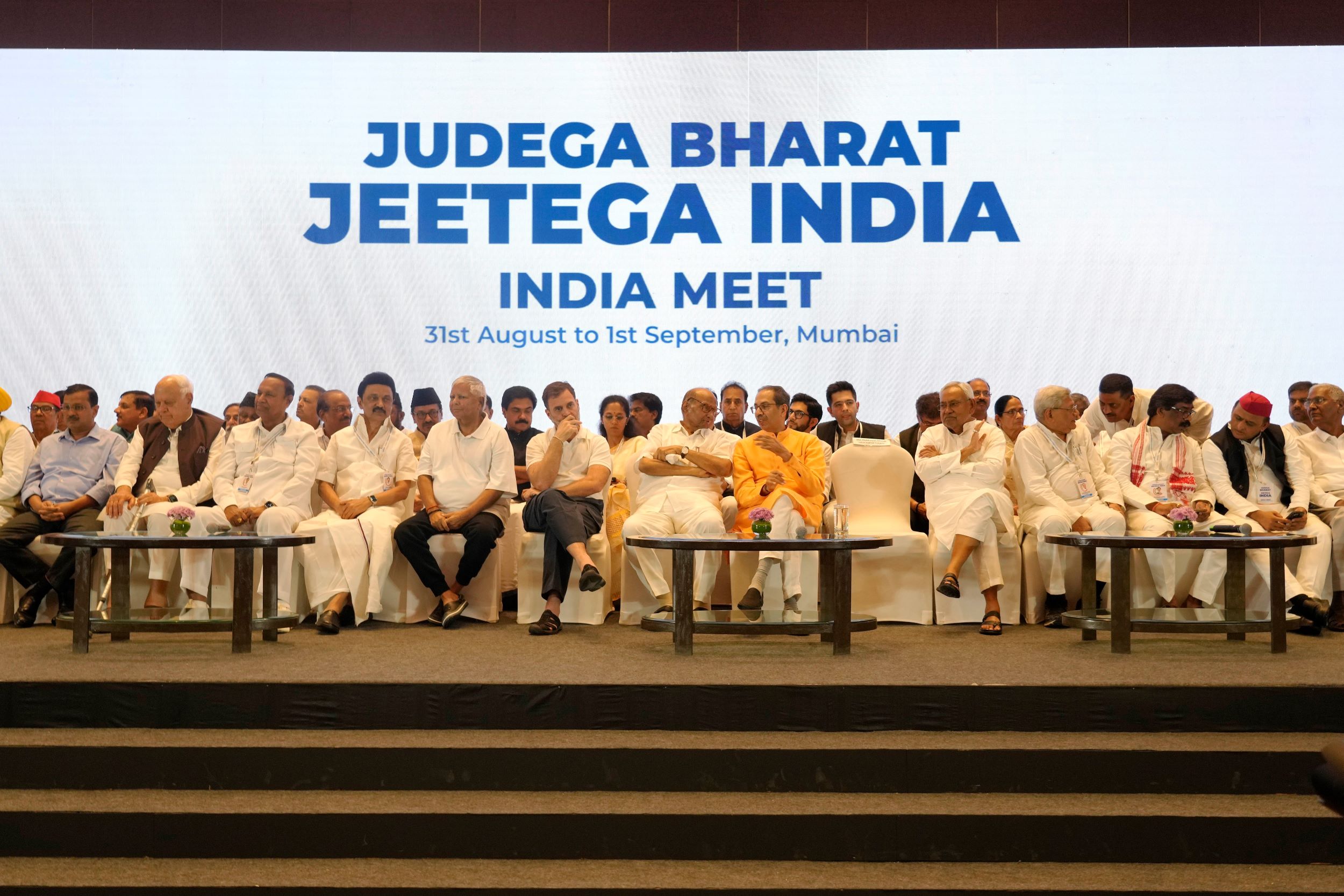
Colonial Legacy!
In response, opposition leaders criticized the change in the name of India to Bharat globally, with some suggesting that this was aimed at diminishing their political union, also known as India.
Mamata Banerjee, senior opposition leader, said: “We all say Bharat. What is new in this? But the name India is known to the world. What happened suddenly that the government had to change the name of the country?
“I hope the government will not be so foolish as to completely dispense with India, which has incalculable brand value built up over centuries,” opposition lawmaker Shashi Tharoor said on X.
While there is no constitutional objection to calling India “Bharat”, which is one of the country’s two official names, I hope the government will not be so foolish as to completely dispense with “India”, which has incalculable brand value built up over centuries. We should… pic.twitter.com/V6ucaIfWqj
— Shashi Tharoor (@ShashiTharoor) September 5, 2023
Politician Raghav Chadha of the Aam Aadmi Party strongly criticized the move, asking, “How can the BJP strike down INDIA? The country doesn’t belong to a political party.”
The BJP's recent move to change the reference from 'President of India' to 'President of Bharat' on official G20 summit invitations has raised eyebrows and ignited a public debate. How can the BJP strike down 'INDIA'? The country doesn't belong to a political party; it belongs to… pic.twitter.com/riYNdQBkYa
— Raghav Chadha (@raghav_chadha) September 5, 2023
On the other hand, advocates of changing the name of India to Bharat pointed out that the word India is a colonial legacy that symbolizes slavery and tyranny, and that it does not respect the diversity and pluralism that the country enjoys.
In addition, some have claimed that the word India is used to show preference for Hindu culture and religion at the expense of other cultures and religions present in the country.
Others also saw that the word Bharat reflects the country’s history and cultural heritage over the centuries, as well as that it includes all parts and peoples of the country and respects coexistence and brotherhood between various communities.
It is noteworthy that the origin of the word Bharat has ancient roots and was used in Indian scriptures to refer to the Indian subcontinent. The name was linked to the legendary emperor Bharata, who was mentioned in the Hindu epics, according to Times of India.
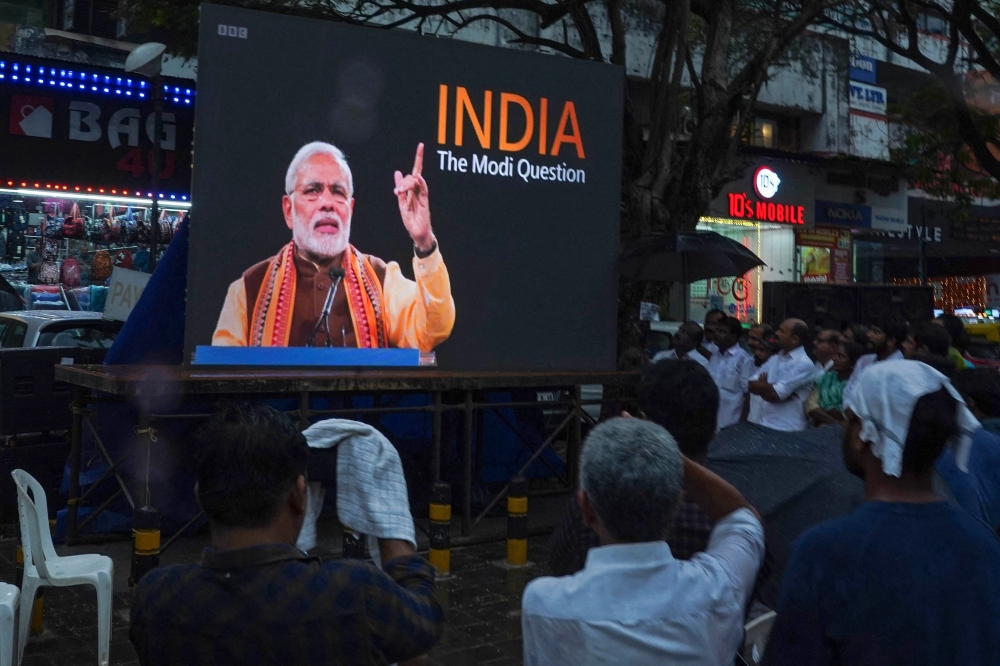
Constitutional Amendment
It is noteworthy that the Indian authorities had tried years ago to change the country’s name to Bharat because the name dates back to the British colonial era, but the Supreme Court rejected this.
In March 2016, the Supreme Court dismissed a Public Interest Litigation (PIL) suit seeking to change the name from India to Bharat, strongly objecting to the petition.
Four years later, in 2020, the Supreme Court again refused to entertain a similar petition seeking to change the name from India to Bharat.
If the government decides to make Bharat the official name only, it will need to submit a bill to amend Article 1 of the Constitution.
Article 368 allows the constitution to be amended either through a simple majority amendment or a special majority amendment.
In the event of amending Article 1 of the Constitution, the government needs a special majority of not less than two-thirds of the members present and voting in the Indian House of Representatives, which consists of the Council of States, which includes 245 members, and the People’s Assembly, which includes 543 members.
The political forces within the Council of States are distributed into 110 seats for the government, 128 for the opposition, and 7 independents, while in the People’s Assembly, they are distributed into 333 seats for the government, 205 seats for the opposition, and 5 independents.
These numbers mean that the government has 443 seats in Parliament, compared to 333 for the opposition and 12 for independents.
Thus, the 66% required to pass the name Bharat becomes 521 representatives, which means that the government must gain the support of 78 representatives from the opposition and independents to achieve its project to change the name of India.
In turn, analyst Ibrahim Khatib said in a statement to Al-Estiklal that “the political and electoral concerns of the BJP party are a major factor in the issue of changing the name of India to Bharat.
“If the name of India were changed to Bharat, this would have significant implications and would likely be expensive, complex, and time-consuming,” he added.
Mr. Khatib continued, saying, “This will also require a constitutional amendment and changing the country’s official documents, signs, and symbols, such as passports, currency, the flag, and the national anthem.”
Sources
- Why India’s government wants to change the country’s name to ‘Bharat’
- India or Bharat? The row over country’s new name explained
- Is India changing its name to Bharat? G20 invite controversy explained
- India, that is Bharat: A short history of the nation’s names, from the Rig Veda to the Constitution of India



